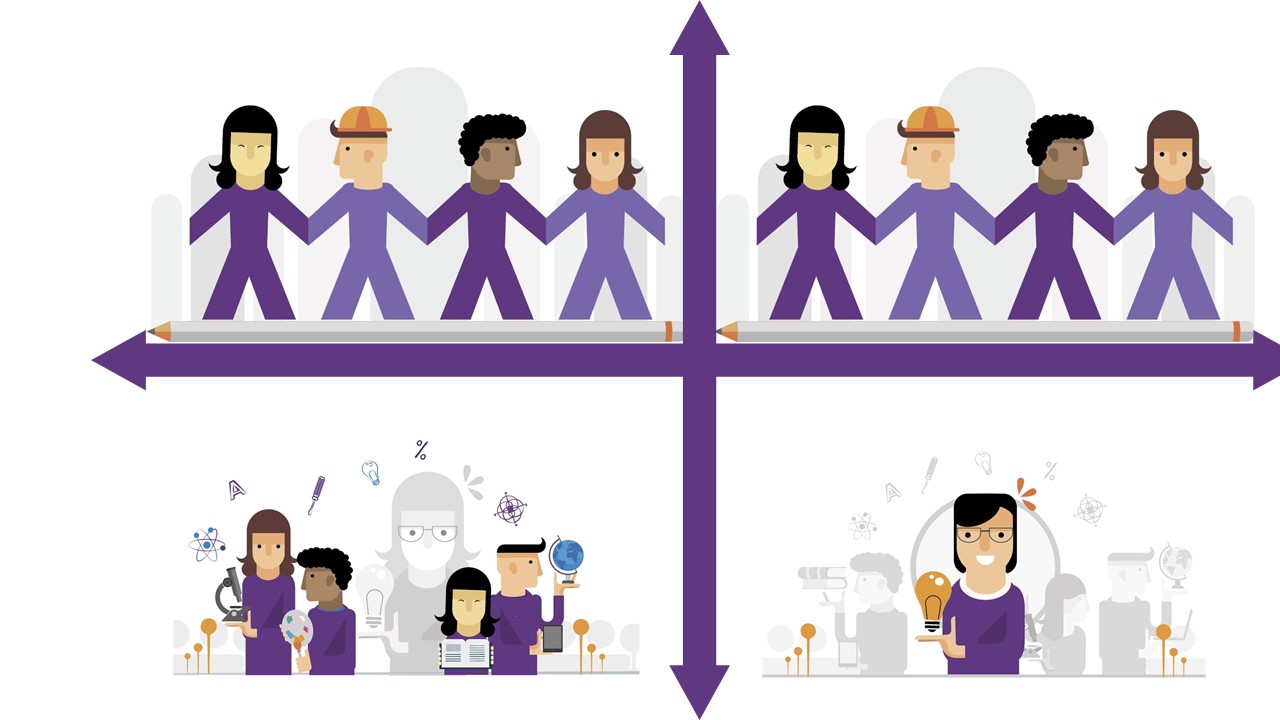Empowering Learners

Keeping the learner at the centre of what we as educators do, goes without saying.
One of the key strengths of digital technologies in education is their potential for supporting learner-centred pedagogic strategies and boosting the active involvement of learners in the learning process and their ownership of it. Thus, digital technologies can be used to facilitate learners’ active engagement, e.g. when exploring a topic, experimenting with different options or solutions, understanding connections, coming up with creative solutions or creating an artefact and reflecting on it.Digital technologies can furthermore contribute to supporting classroom differentiation and personalised education by offering learning activities adapted to each individual learner’s level of competence, interests and learning needs. At the same time, however, care must be taken not to exacerbate existing inequalities (e.g. in access to digital technologies or digital skills) and to ensure accessibility for all learners, including those with special educational needs.
Area covered by this set of competencies:
This is the Fifth Area of digital competences of educators described by the DigCompEdu framework that was formulated by the European Comission's Joint Research Centre. It contains four competences.